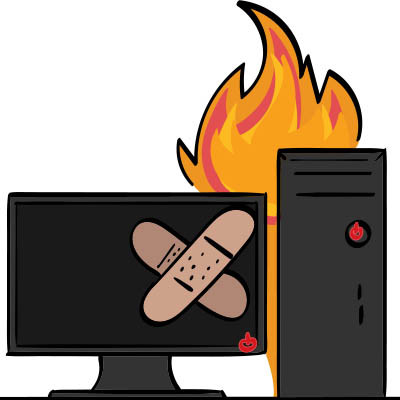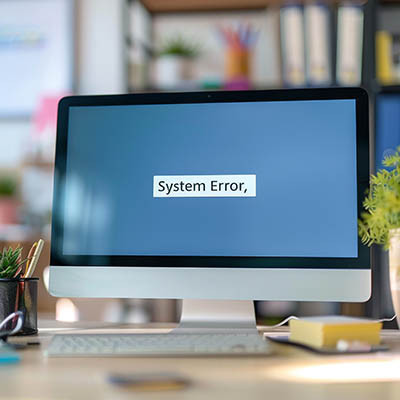Let me ask you something: how well does your current IT support function?
If your first instinct is to say something vaguely positive, like “good” or “fine,” you’re probably missing out on significant benefits that could come from a more immersive and fleshed-out service delivery, rather than a stopgap meant to preserve the status quo. If your provider has never asked you about the future and your goals for it, it may be time to seek what else is out there.




















